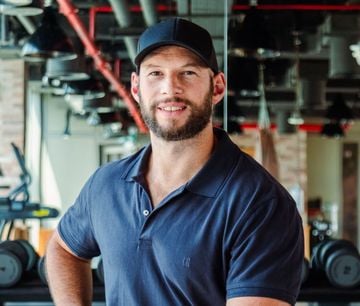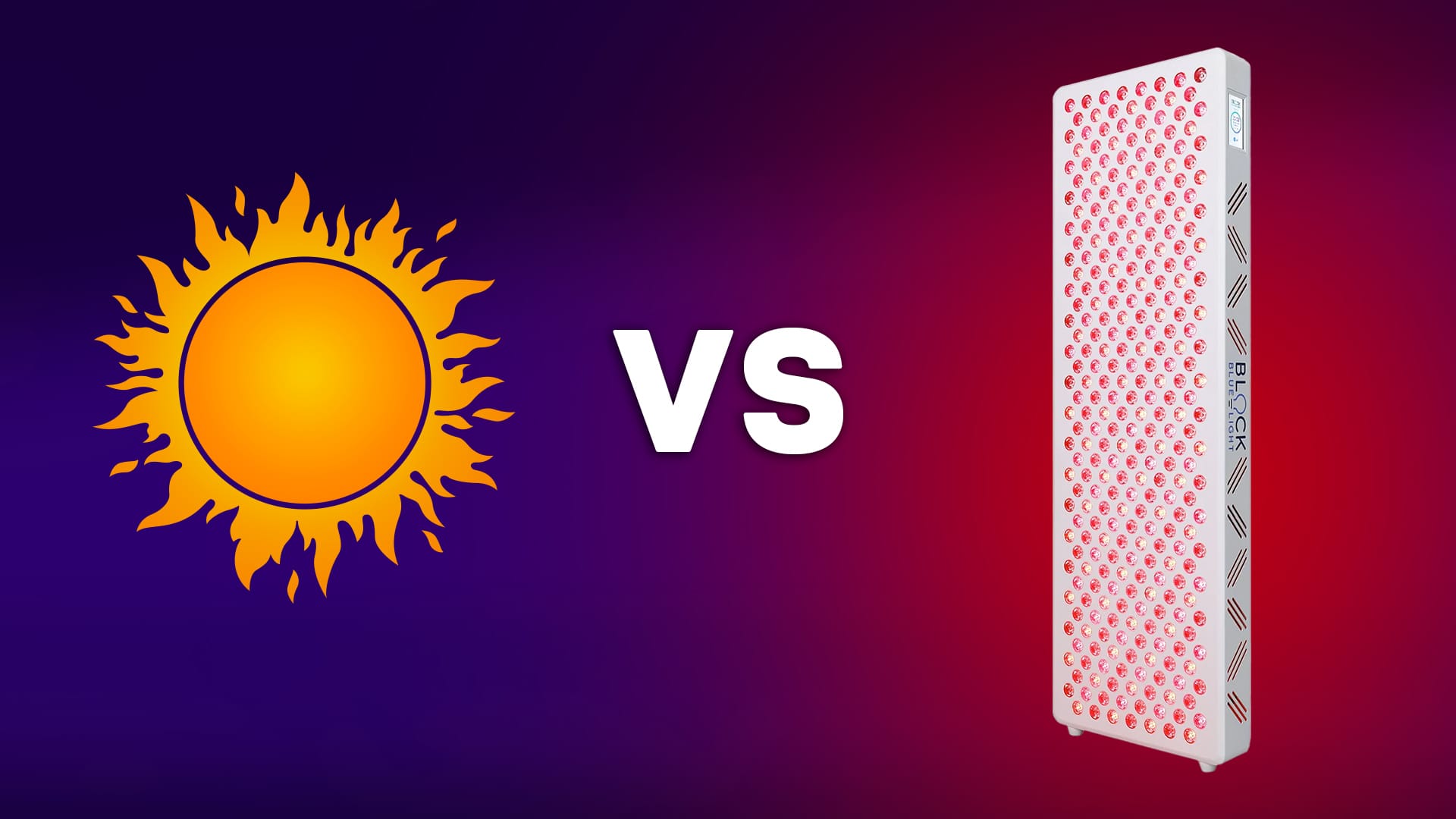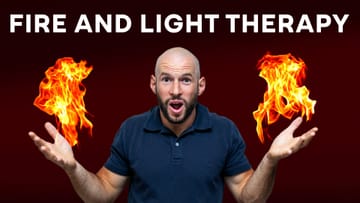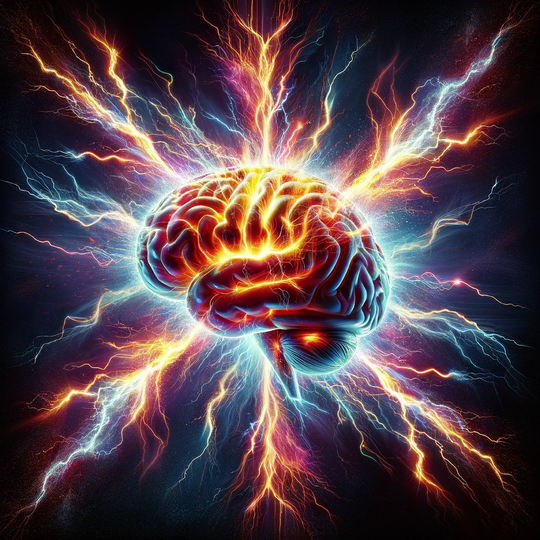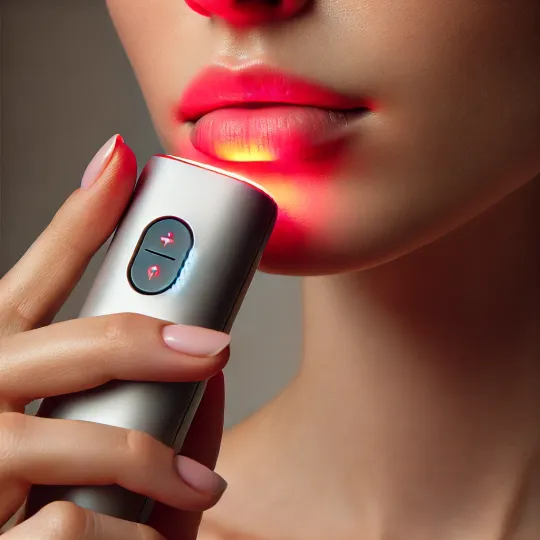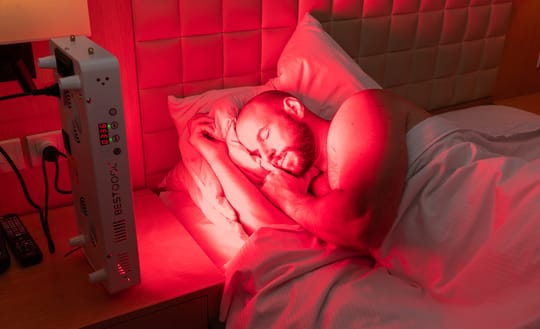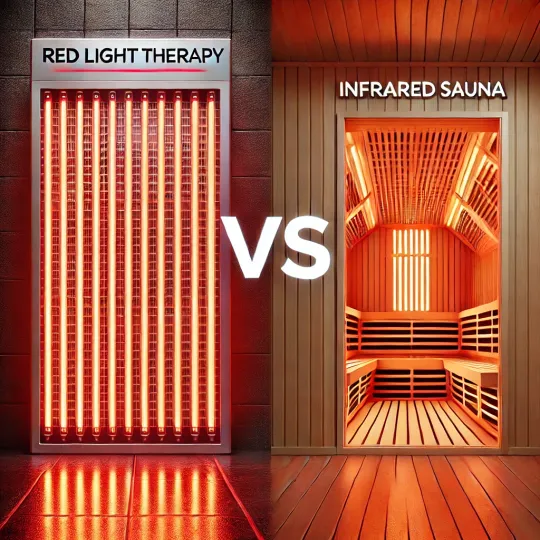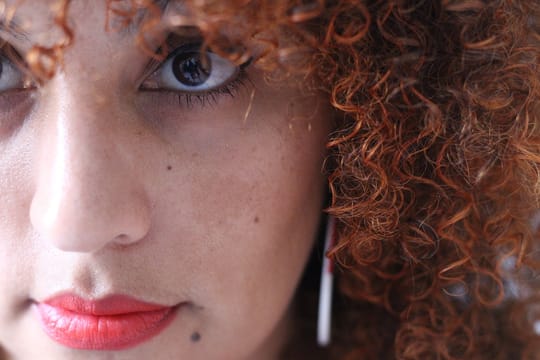Sunlight vs. Red Light Therapy Panels: A Summer Experiment. First, I'll show you my summer sunlight vs. red light therapy and after that the winter sunlight vs red light therapy.
Summer Sunlight Vs Red Light Therapy Experiment
Have you ever wondered whether investing in an expensive red light therapy (RLT) panel is necessary when you could go outside and soak up some natural sunlight? It’s a question I’ve thought about, too, so I decided to put it to the test.
Armed with my spectrometer, I ventured outdoors in the middle of summer to measure the amount of therapeutic red light the sun provides. To ensure a comprehensive comparison, I plan to test again in winter, but for now, I’ll start with the sunny summer months in the southern hemisphere.
10 AM Spectrometer Reading – Summer
To kick off the experiment, I took a reading at 10 a.m. The sky wasn’t clear, and there was some cloud cover, which wasn’t ideal. However, it gave me a decent overview of how much light was emitted.
The spectrometer reading showed a figure in the 40s, which indicates the radiance (light energy) being captured. This reading spans the entire light spectrum, from visible to near-infrared (NIR) wavelengths, reaching up to 1050 nanometers (NM).
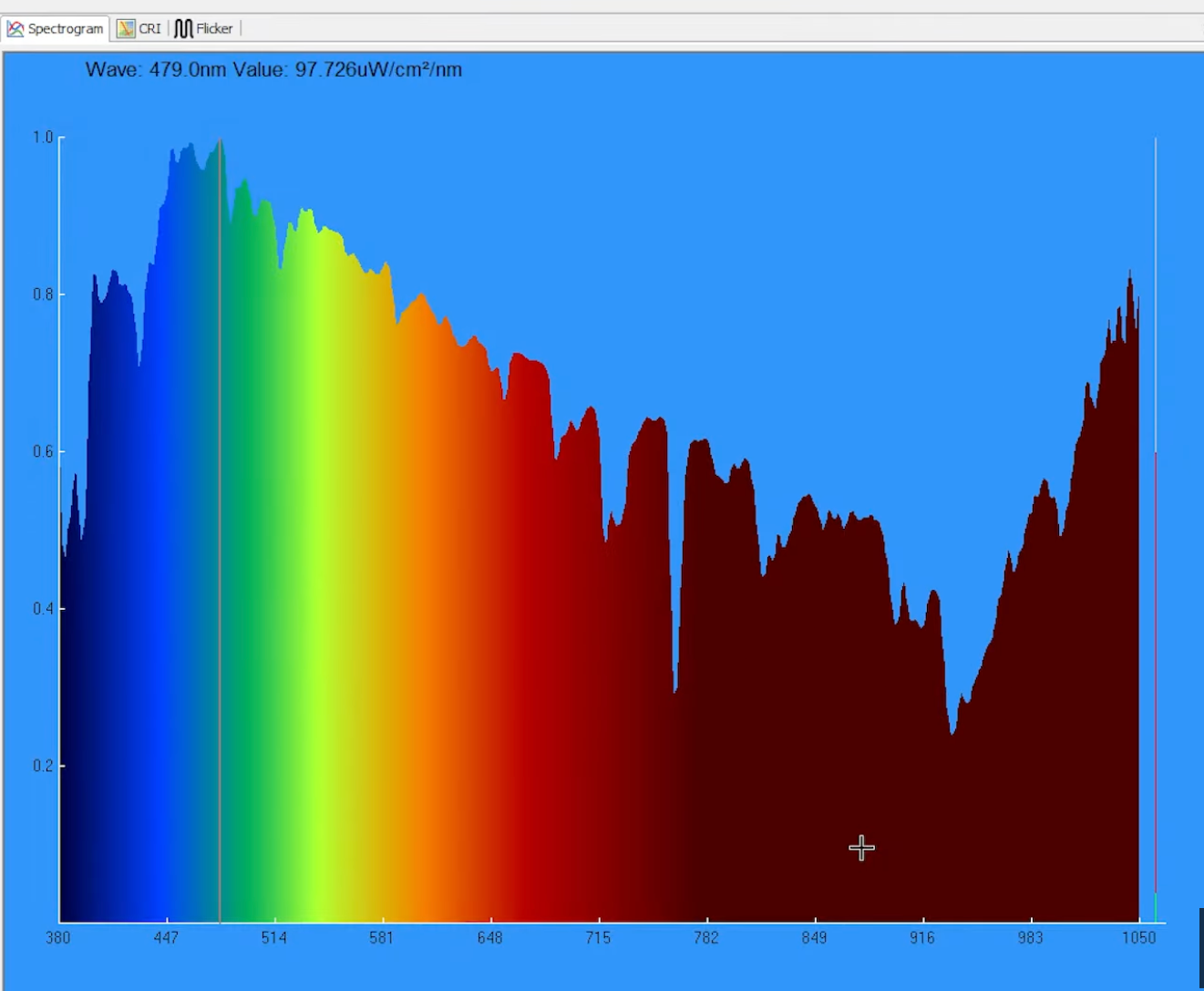
The significant amount of blue light emitted, with a peak in the 480-490 NM range, stood out in this early morning reading. While red light was undoubtedly present, it wasn’t the dominant wavelength. The sun’s light is still a mix of blue, amber, orange, and some red light.
I’ll detail the power levels across different wavelengths in a future post, but for now, it’s clear that early morning sunlight is rich in blue light.
Midday (Noon) Spectrometer Reading
Next, I took another reading around noon, which should represent the peak sunlight of the day. Unfortunately, there was still a lot of cloud cover, which made it difficult to get a precise reading.
However, the spectrometer showed a more prominent blue light spectrum than the earlier reading. There was a noticeable drop in green, yellow, and orange wavelengths, although the red and near-infrared light remained present.
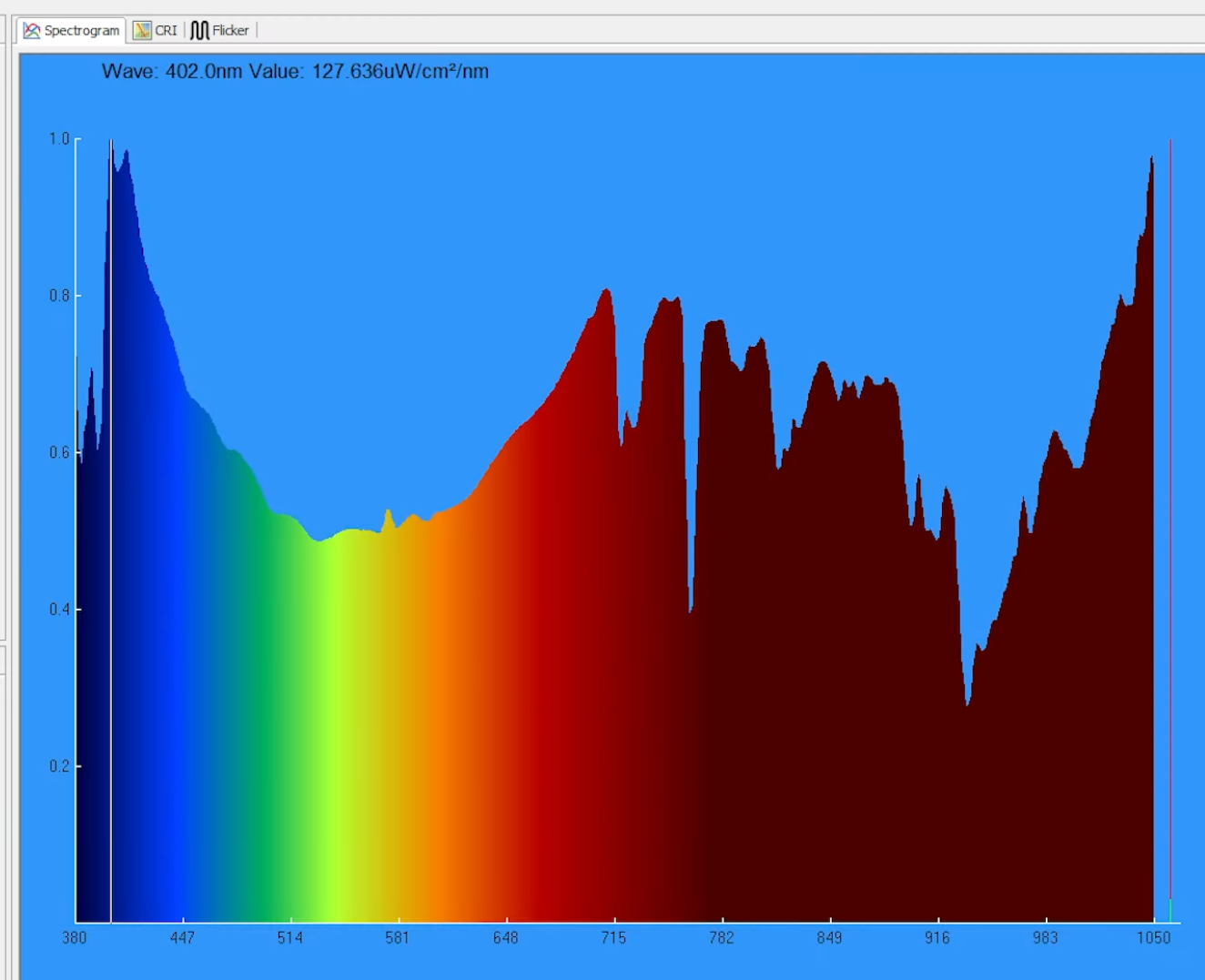
The cloudy day limited the clarity of the results, but I had hoped for a better reading on a clear summer day. As luck would have it, the weather didn’t cooperate immediately—Christmas came and went, the rain persisted, and it wasn’t until mid-January that I finally had a clear, sunny day.
Clear Summer Day – January 12th
The skies cleared by January 12th, and I could finally take a midday spectrometer reading under optimal conditions.
The spectrometer data for that day looked similar to the 10 am reading, with a peak in the blue light range (around 490 NM). However, the radiance (E figure) shot up to 130 M/cm², significantly improving from the previous cloudy day, when the reading was closer to 50 M/cm².
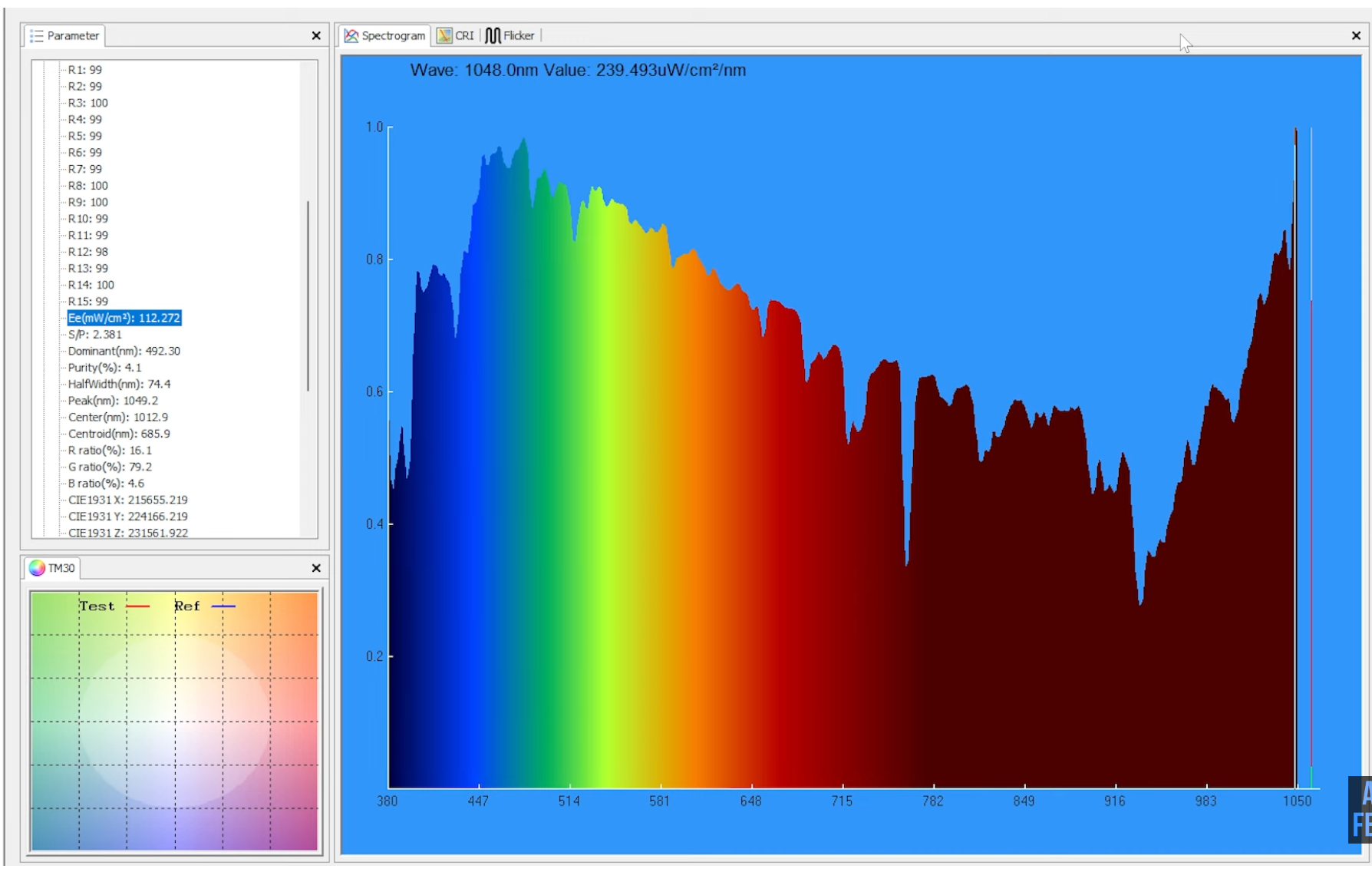
On a clear day, the power output was double what I saw in the cloudier conditions, even though the sun was still bright and hot in both instances.
Wavelength-Specific Breakdown
I delved deeper into the wavelength-specific data to understand how sunlight compares to a red light therapy panel. I compiled a detailed spreadsheet of the radiance levels across every wavelength, ranging from 380 to 1050 NM. What I found was quite revealing.
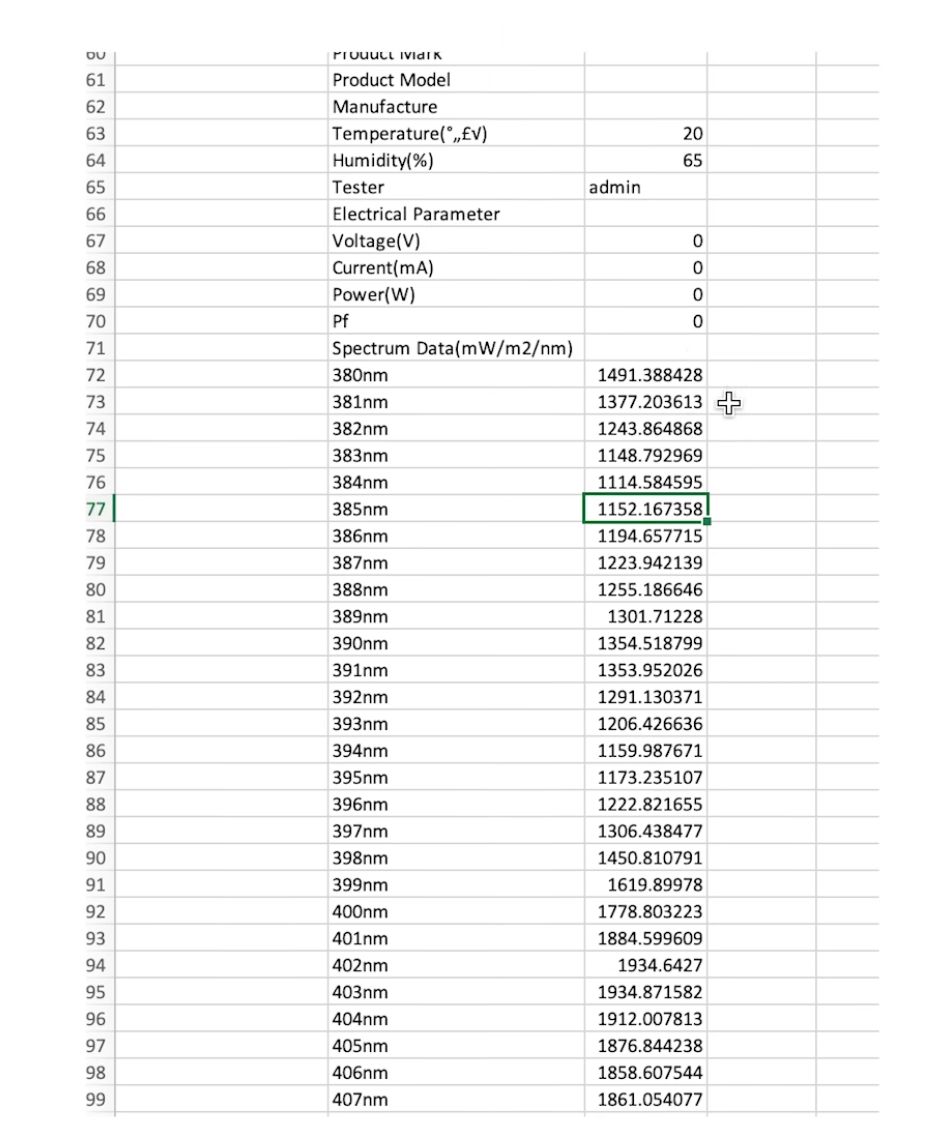
When broken down, the radiance of blue light (around 490 NM) was much higher than red light's. At 660 NM, the radiance dropped, and by the time we reached the near-infrared spectrum (around 850 NM), the power output was still lower. It wasn’t until we reached wavelengths closer to 1050 NM that the output rose again.
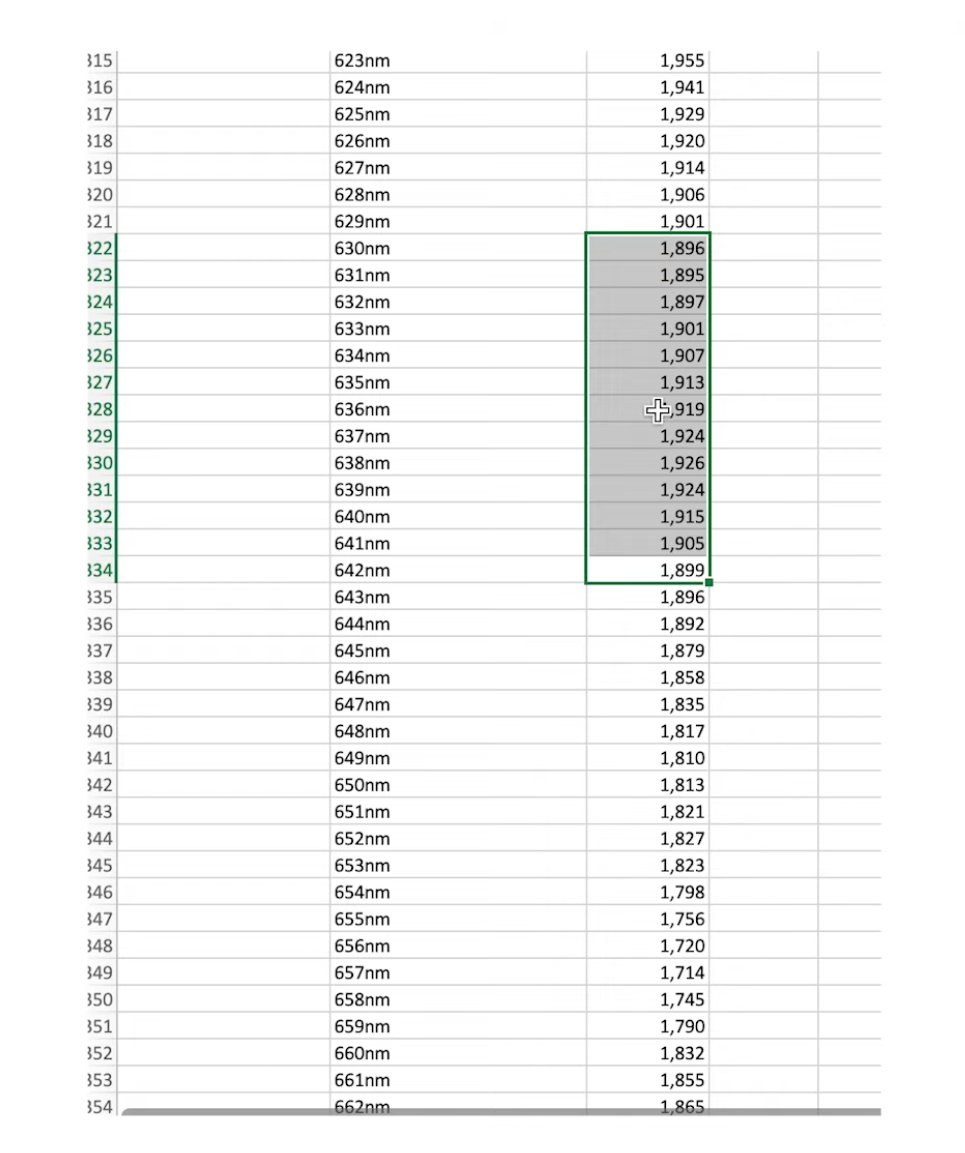
To put this data in perspective, I compared it with a measurement I took using the Block Blue Light Mega 4.0, one of the market's most powerful red light therapy panels. This panel has five wavelengths and is the second most powerful I’ve ever tested, but the sun isn’t far behind.
Sunlight vs. Red Light Therapy Panels
Let’s take a closer look at the comparison.
While providing a broad spectrum, the sun isn’t as focused on red and near-infrared wavelengths as a red light therapy panel. For example, the Block Blue Light Mega emitted 80 M/cm², much higher than the sun’s output. But the key difference here is that the sun provides a wide range of wavelengths, including blue light, which a red light therapy panel doesn’t focus on.
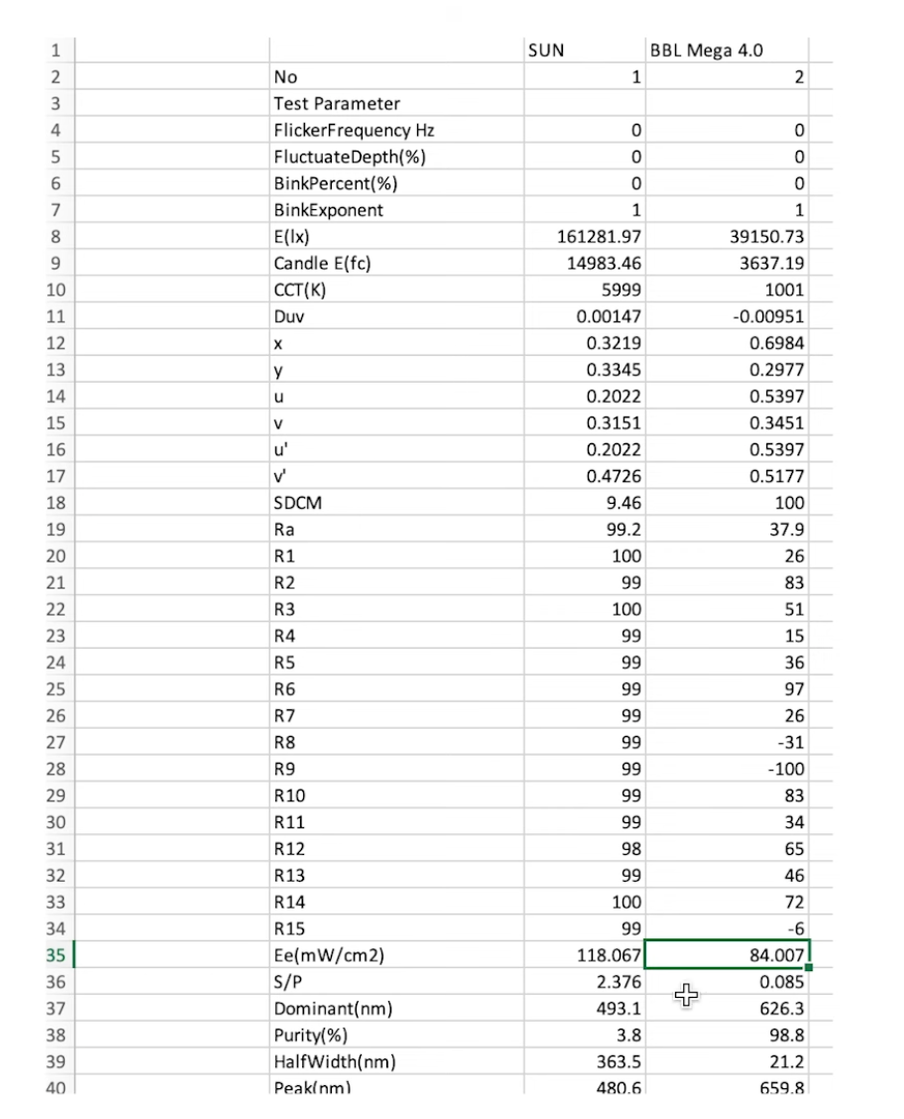
When I compared specific wavelengths, the sun’s 490 NM light radiated 118, while the Block Blue Light Mega produced only 80 in its full spectrum.
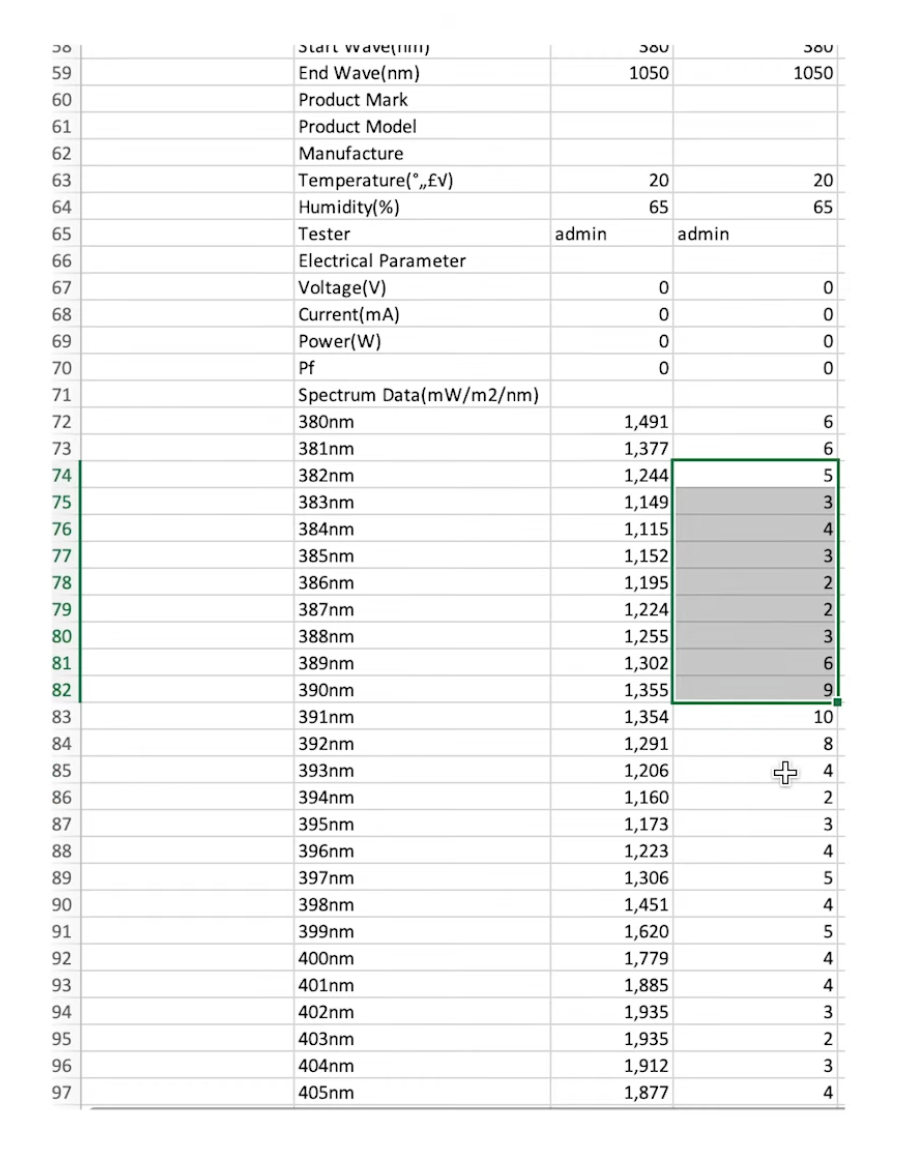
However, the difference becomes clear when we look at the red wavelengths around 660 and 850nm. The Block Blue Light Mega emits significantly higher levels of red and near-infrared light, the therapeutic wavelengths used for red light therapy.
At 660nm, for instance, the sun’s output was around 1,800, while the panel emitted 8,500. This represents a massive difference in favor of the therapy panel regarding the red light spectrum.
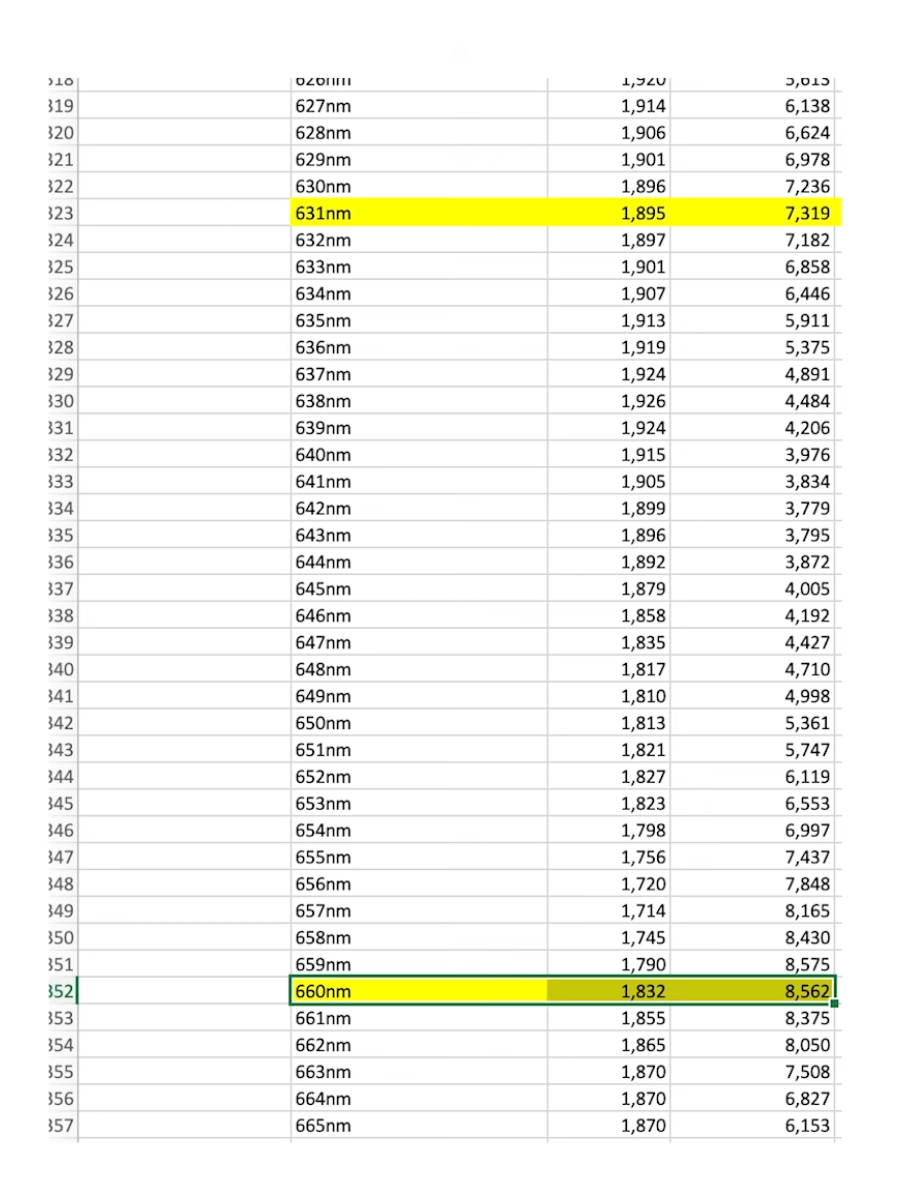
Total Irradiance Comparison
Looking at the total radiance for the wavelengths between 620 and 680nm, the sun’s total was around 114,000, while the Block Blue Light Mega reached 300,000, more than double the sun’s output.

This disparity continued across the near-infrared spectrum, with the sun’s readings at 850nm lower than the therapy panel’s higher output. For example, at 850nm, the sun emitted 14,400, while the therapy panel pushed out 36,000, nearly triple the energy.
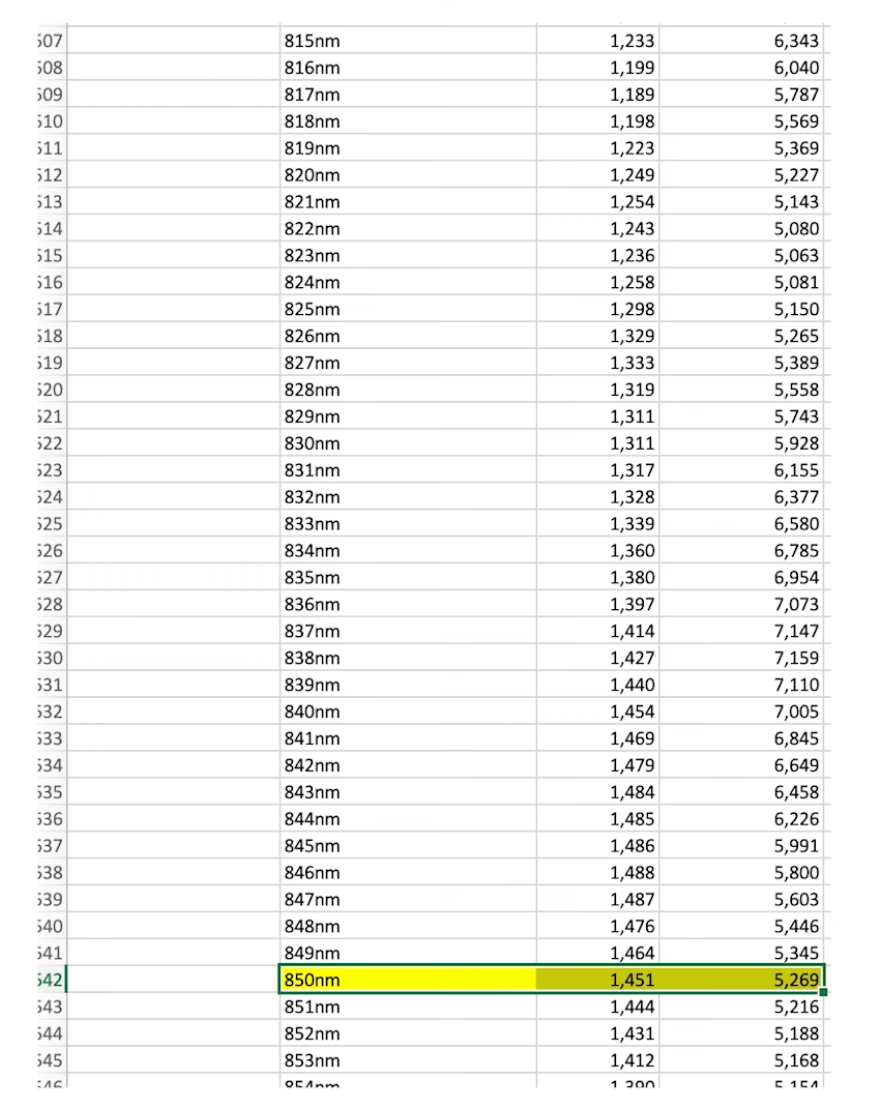
The Bottom Line: Sunlight Can Provide Some Red Light Therapy
After comparing sunlight and red light therapy panels, the takeaway is this. While the sun does provide some therapeutic red and near-infrared light, it’s not nearly as focused or consistent as what you can get from a red light therapy panel.
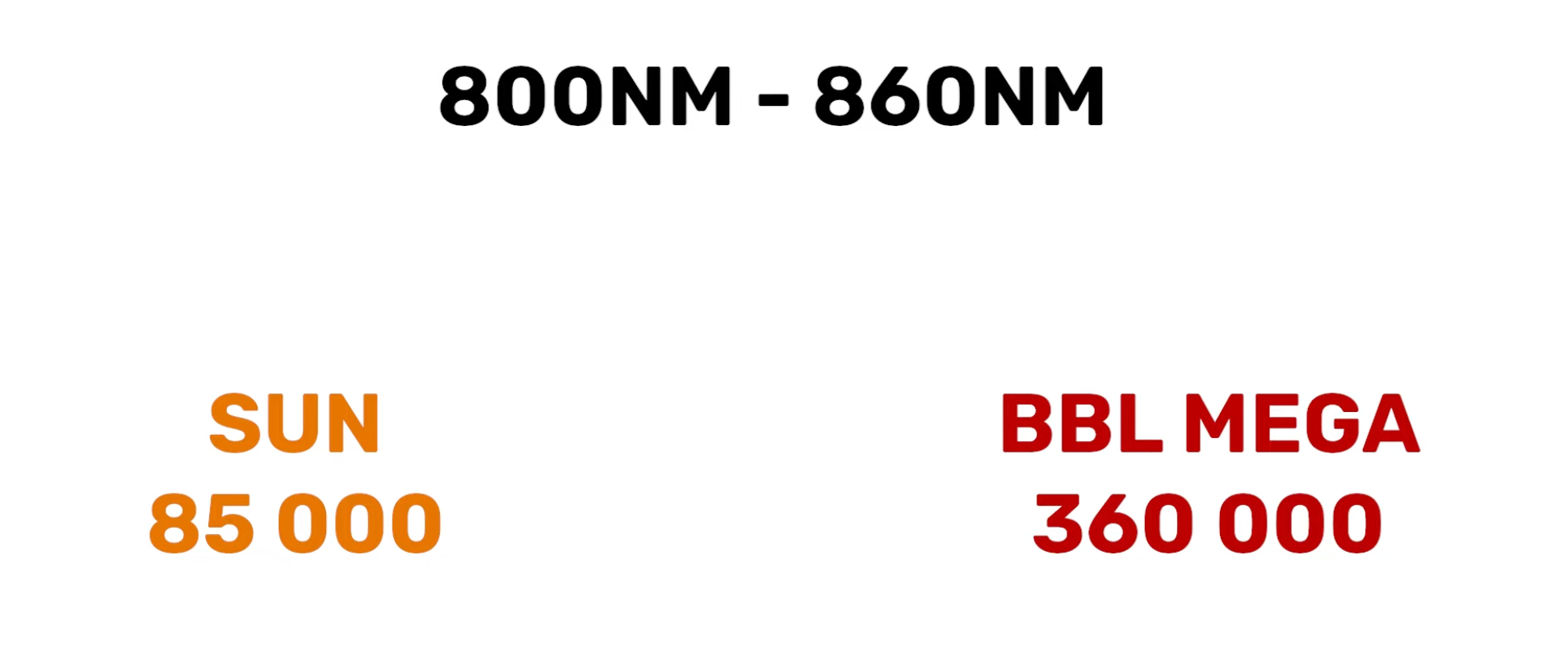
Regarding raw power output, a high-quality red light therapy panel like the Block Blue Light Mega delivers significantly more red and near-infrared light, the type of light most beneficial for therapeutic purposes.
However, the sun has some significant advantages. It’s free, accessible to most people, and provides a broad light spectrum, including some wavelengths not typically found in a red light therapy panel.
My review!
For general wellness and a boost of red light exposure, just stepping outside and enjoying the sunlight can be an excellent option—especially if you live in a sunny climate. However, a red light therapy panel still holds the edge regarding focused red light therapy for specific health benefits.
Red Light Therapy's Role: Beyond Sunlight
Red light therapy is often seen as a cutting-edge tool for healing, wellness, and performance recovery, but is it necessary if you’re already spending time outdoors in the sun?
While the sun undoubtedly provides a natural source of light that includes beneficial red wavelengths, red light therapy devices can offer distinct advantages, particularly when seeking targeted treatments.
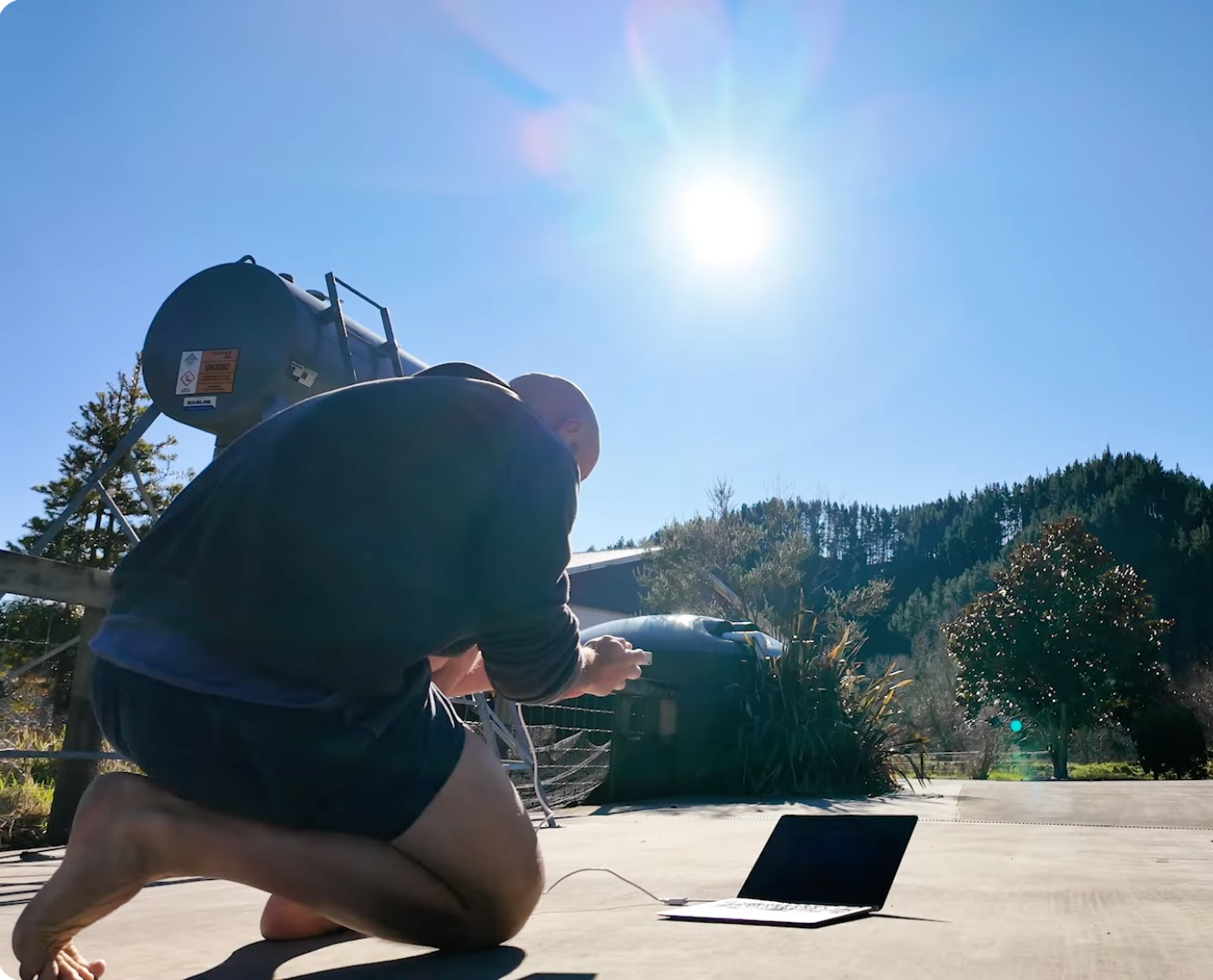
A red light therapy panel is incredibly effective if you're considering it for a specific health issue, such as wound healing, brain health, or muscle recovery. Scientific literature well-documents its effectiveness, and many users, including myself, have witnessed noticeable improvements from consistently using it.
I advocate for including natural sunlight and red light therapy in my daily routine. However, I’ve found that red light therapy provides specific benefits that the sun doesn’t always offer.
The Power of Targeted Red Light Therapy Treatment
While sun exposure provides therapeutic red light, it lacks the control and precision that a dedicated red light therapy panel can offer.
For example, suppose you’re using red light to target a specific body area for recovery or to address an issue like immune function (e.g., shining the light on your sinus cavity). In that case, it’s hard to replicate that with the sun. You can’t ask the sun only to provide the specific wavelengths you need—at least, not without significant compromises.
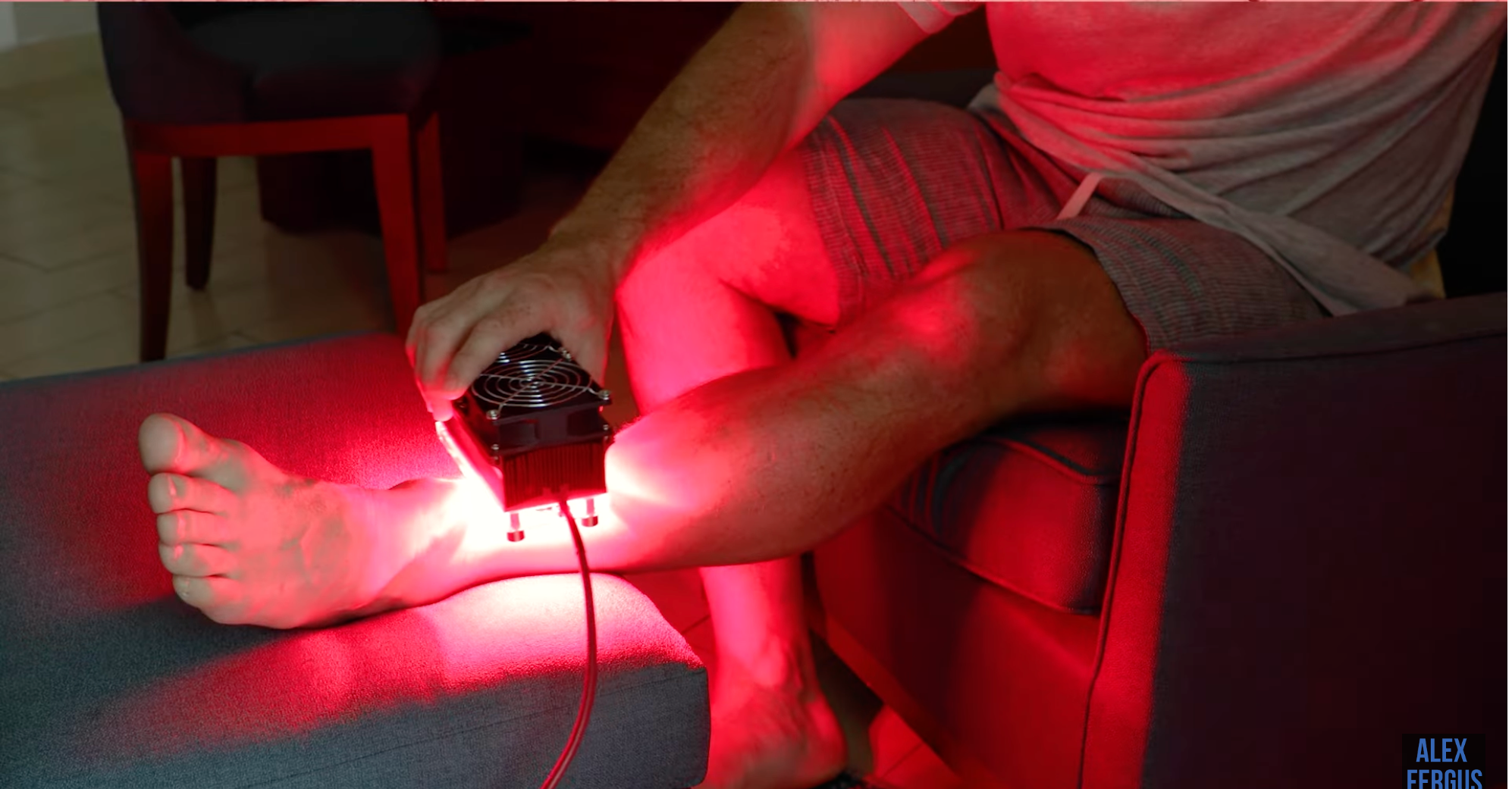
The sun is great for general wellness and gives you a broad spectrum of beneficial light, but if you want to focus on specific wavelengths for healing or performance, a red light therapy panel is the way to go.
Red Light Therapy As A Supplement
I view red light therapy similarly to how people use supplements. Take magnesium, for instance. Most people are deficient in this mineral, yet it’s hard to get enough of it through food alone.
Supplements help fill those gaps and are an easy way to ensure you get the right amount of magnesium. The same principle can be applied to red light therapy.
While sunlight provides many benefits, relying on it for specific, targeted treatments is not always practical. If you're working to recover from a strenuous workout or an injury, using a red light therapy panel allows you to dial in your treatment and dosage in ways that sunlight simply can't.
Creatine is another excellent example. It’s an incredibly popular and effective supplement for physical performance. While you can get a small amount of creatine from red meat, the supplemental form is more efficient. The panels offer similar benefits regarding red light therapy: more targeted light exposure and a more predictable outcome.
Flexibility and Control with Red Light Therapy Panels
One of the best things about red light therapy panels is their customization level. If you’re using a red light therapy device like the Rojo or BioMax, you can choose the wavelengths, adjust the intensity, and even opt for pulsed light if that's what you need.
In contrast, you can’t control the sun’s intensity or wavelength to the same degree. You can’t walk outside and say, “I only want red light and no blue light today,” or “I need more 810nm and less 850 nm.” With a red light therapy panel, those options are available at your fingertips, giving you more precision in your treatment.
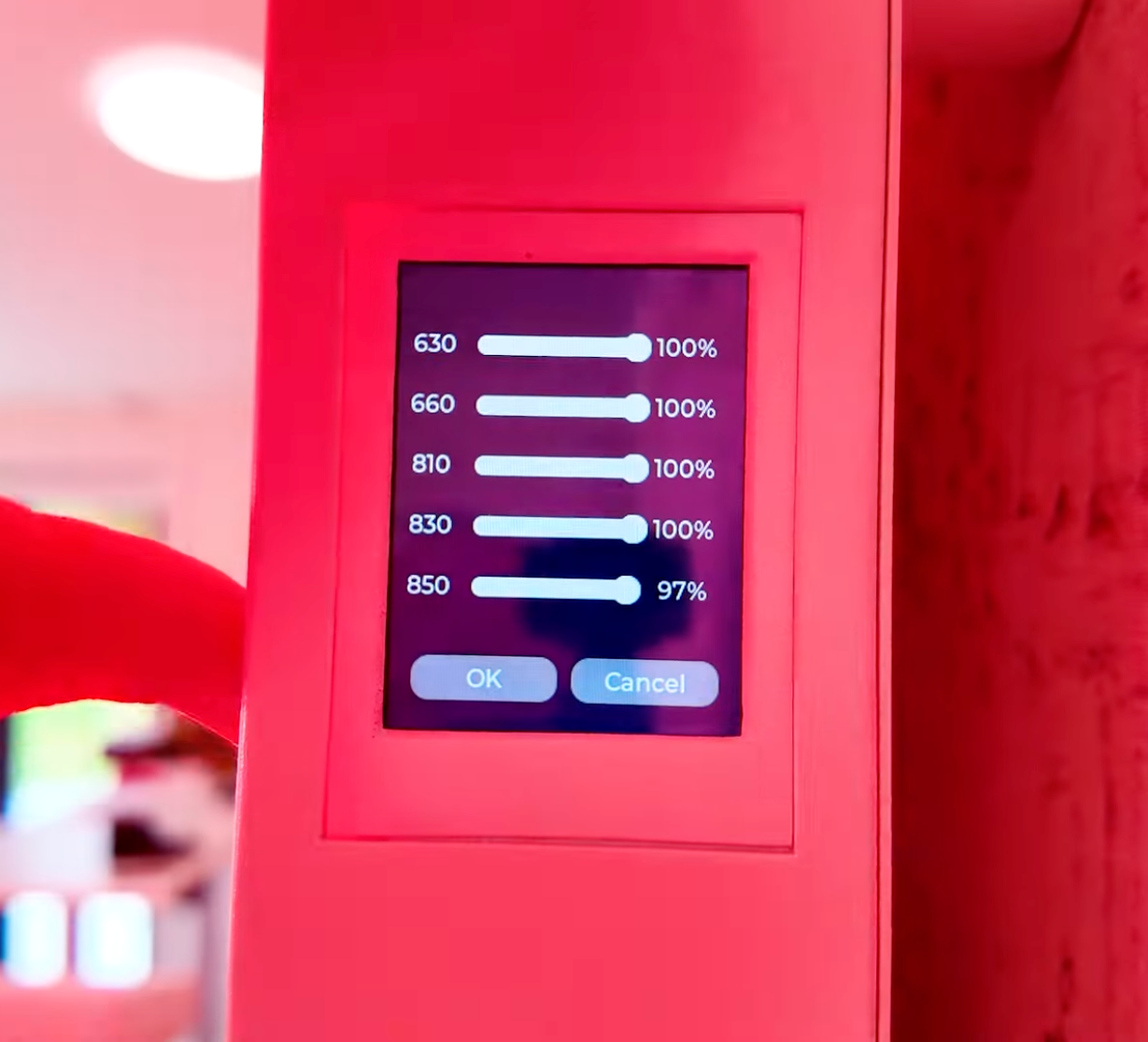
Of course, the sun is a natural light source, but it has limitations. For example, you might want to avoid harmful UV rays while benefiting from the therapeutic red and near-infrared wavelengths. In this case, stepping outside could be more damaging than beneficial.
Additionally, for those who live in climates where sun exposure is limited (whether due to location or weather conditions), relying on a red light therapy panel can ensure consistent access to the benefits of red light therapy year-round.
The Convenience Factor
Another significant advantage of red light therapy panels is convenience. You don’t have to worry about finding time to go outside, dealing with the weather, or worrying about harmful UV exposure.
You can use your panel at any time of the day, no matter where you are. Whether at home, in the office, or traveling, having access to a portable red light therapy device makes it easier to integrate red light therapy into your routine. This is particularly valuable for people with busy lifestyles or those who don't have the luxury of spending hours in the sun.
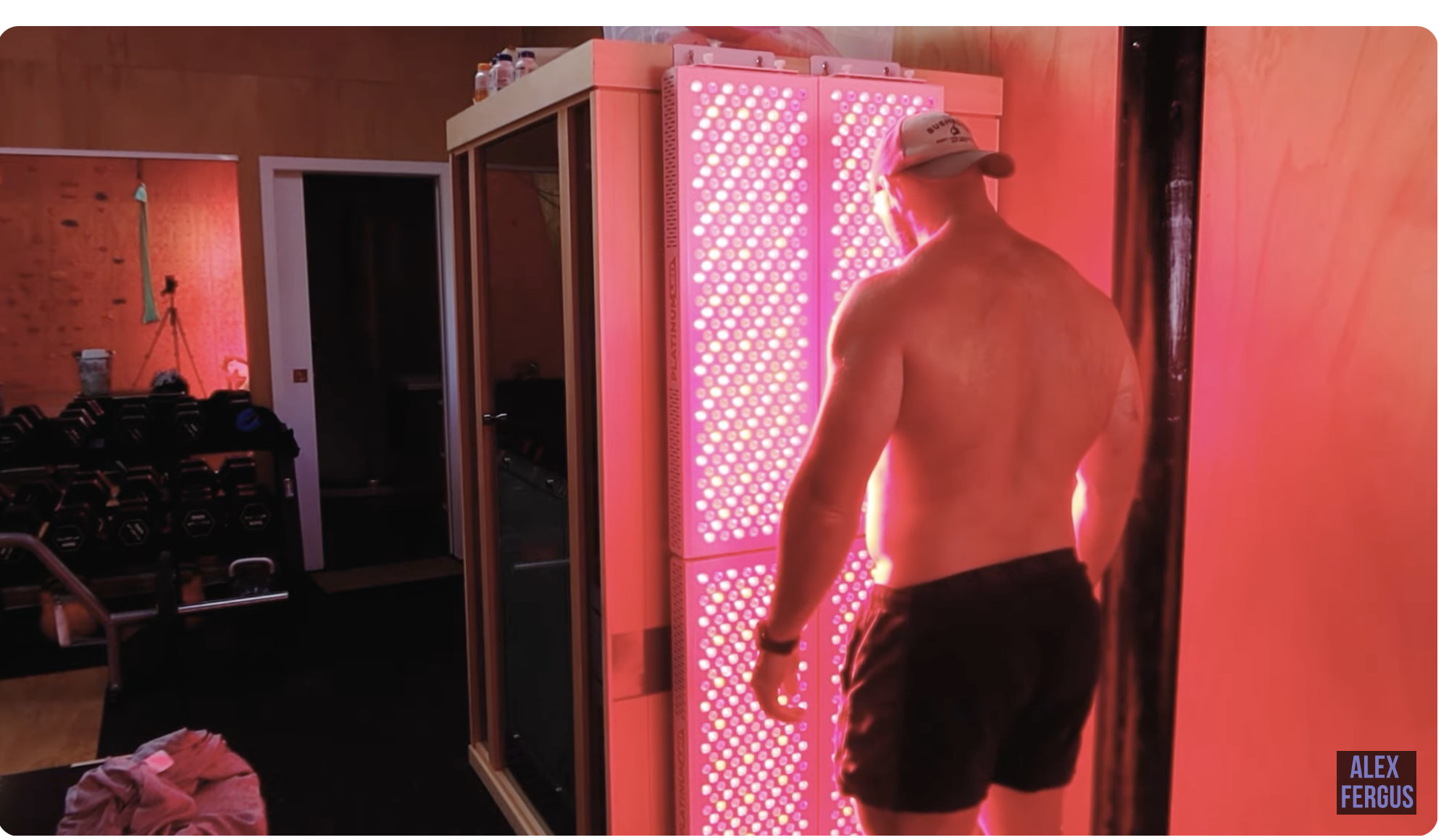
Sunlight in Context
There’s no denying that the sun provides valuable therapeutic light. However, suppose you're aiming for particular results, such as targeting a specific body area for recovery, or you’re concerned about exposure to harmful UV rays or blue light. In that case, a red light therapy panel offers a much more controlled and targeted solution. And if you can't get outside regularly or live in a climate with limited sunlight, then a red light therapy panel is a fantastic alternative.
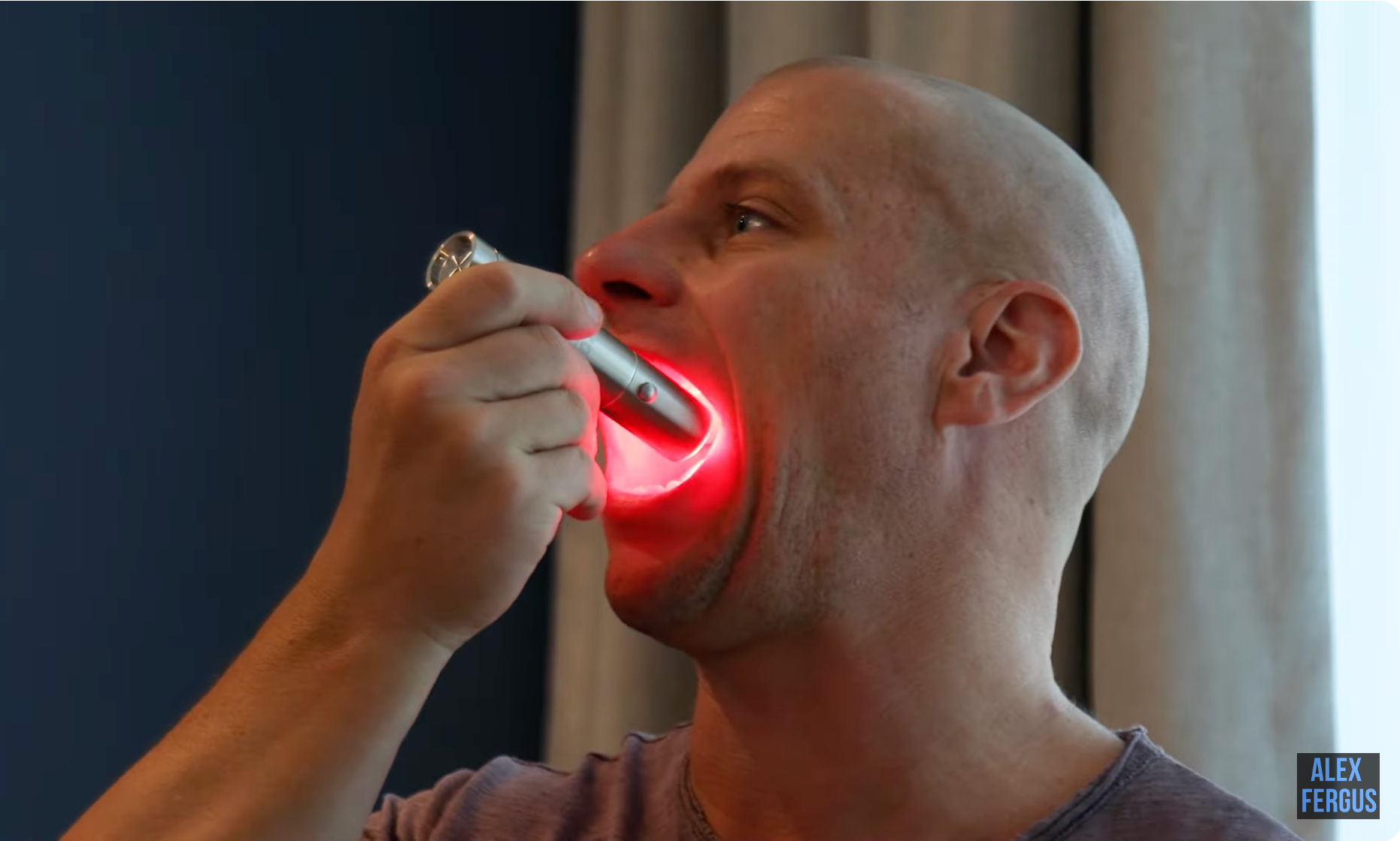
While sunlight is an excellent source of general wellness light, red light therapy panels are the go-to when you need precision, convenience, and tailored treatments.
If you live in a region with limited sun exposure or need targeted light for a specific issue, a red light therapy panel can help bridge that gap. Ultimately, the best option depends on your needs and lifestyle, but both options—sunlight and red light therapy—can play an essential role in your overall health and wellness.
Moving Forward
This experiment is just the beginning. I plan to continue testing and comparing sunlight and red light therapy panels in different climates and seasons to understand better how these two light sources compare.
Whether you use sunlight or a red light therapy panel, both can benefit your health. I think the key is to decide which approach works best for you and your needs.
Next up, let's consider the continuation of my second experiment, this time with the winter sun - the results here are slightly different than summer sunlight:
Winter Sunlight Versus Red Light Therapy: My Second Experiment!
It’s a crisp winter day here in New Zealand, and I’ve decided to test just how much therapeutic red light we can get from the sun. Armed with my spectrometer, I’m measuring the amount of red and near-infrared light emitted by the midday sun.
But that’s not all—I will compare these winter results with readings I took in the summer and compare them against one of the best red light therapy panels on the market. This way, we’ll see whether it’s worth investing in a red light therapy device or if you can get similar benefits by simply stepping outside.
Setting the Stage: Winter Sun Conditions
Before diving into the numbers, it’s essential to understand today’s conditions. It’s July 5th, 2024, meaning we’re just past the winter solstice in the Southern Hemisphere. The sun is low in the sky, reducing overall intensity. While it’s a clear day, the sun's angle means less light reaches the surface than in summer.
One key factor in this experiment is how the sun’s spectrum shifts with the seasons. In winter, the overall intensity is lower, and the balance of wavelengths also changes. While we can still get red and near-infrared light, how much is available, and how does it compare to the summer sun or a dedicated therapy device?
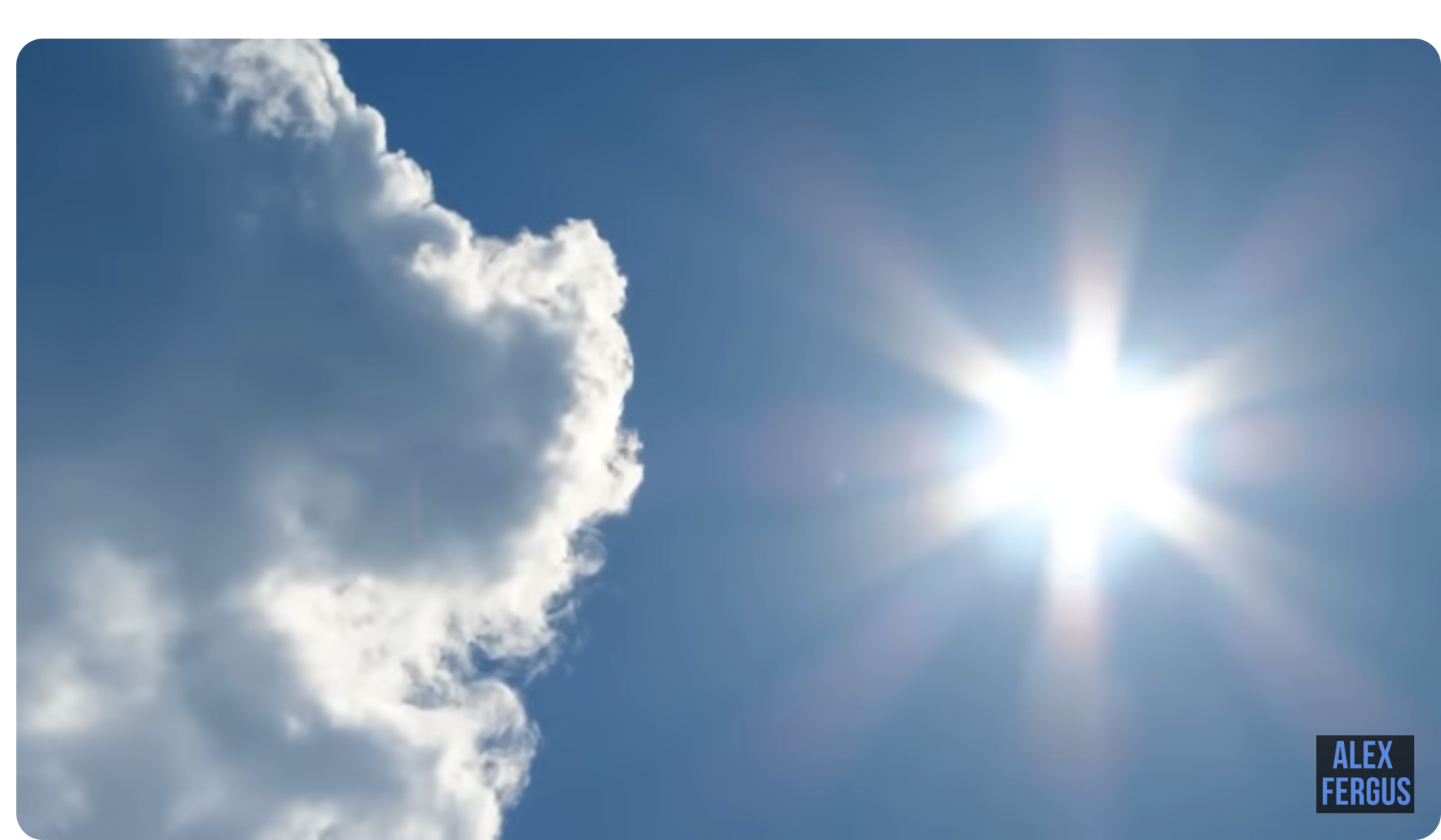
Breaking Down the Spectrometer Readings
I’ve filtered out all wavelengths outside the key photobiomodulation ranges and used red light (620-680nm) and near-infrared (800-870nm). Here’s what I found:
- Total Power Intensity: 79 mW/cm²
- This figure might seem comparable to a red light therapy panel at 6 inches, but remember, the sun emits a full spectrum of light, whereas red light panels are highly targeted.
- Peak Wavelength: 481nm (blue range)
- This makes sense, as the sun emits a broad spectrum of light, not just red and infrared.
- Energy Distribution:
- 16% of the energy was in the red range.
- 4% in the blue range.
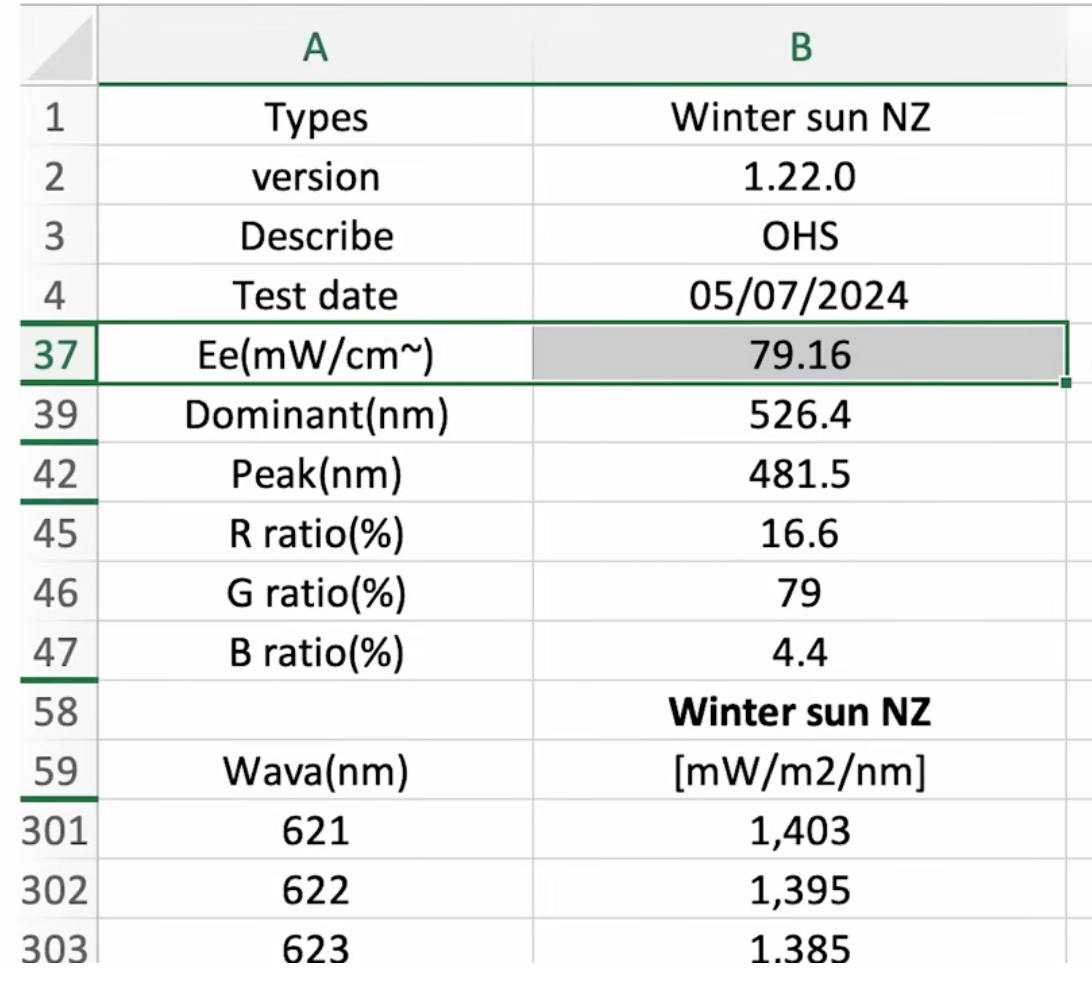
Now, let’s look at the intensity of therapeutic red and near-infrared light:
- Red Light (620-680nm): 8 mW/cm²
- Near-Infrared Light (800-870nm): 7mW/cm²
This gives us 15mW/cm² of red and near-infrared light exposure in winter sun. Now, let’s compare that to the summer.
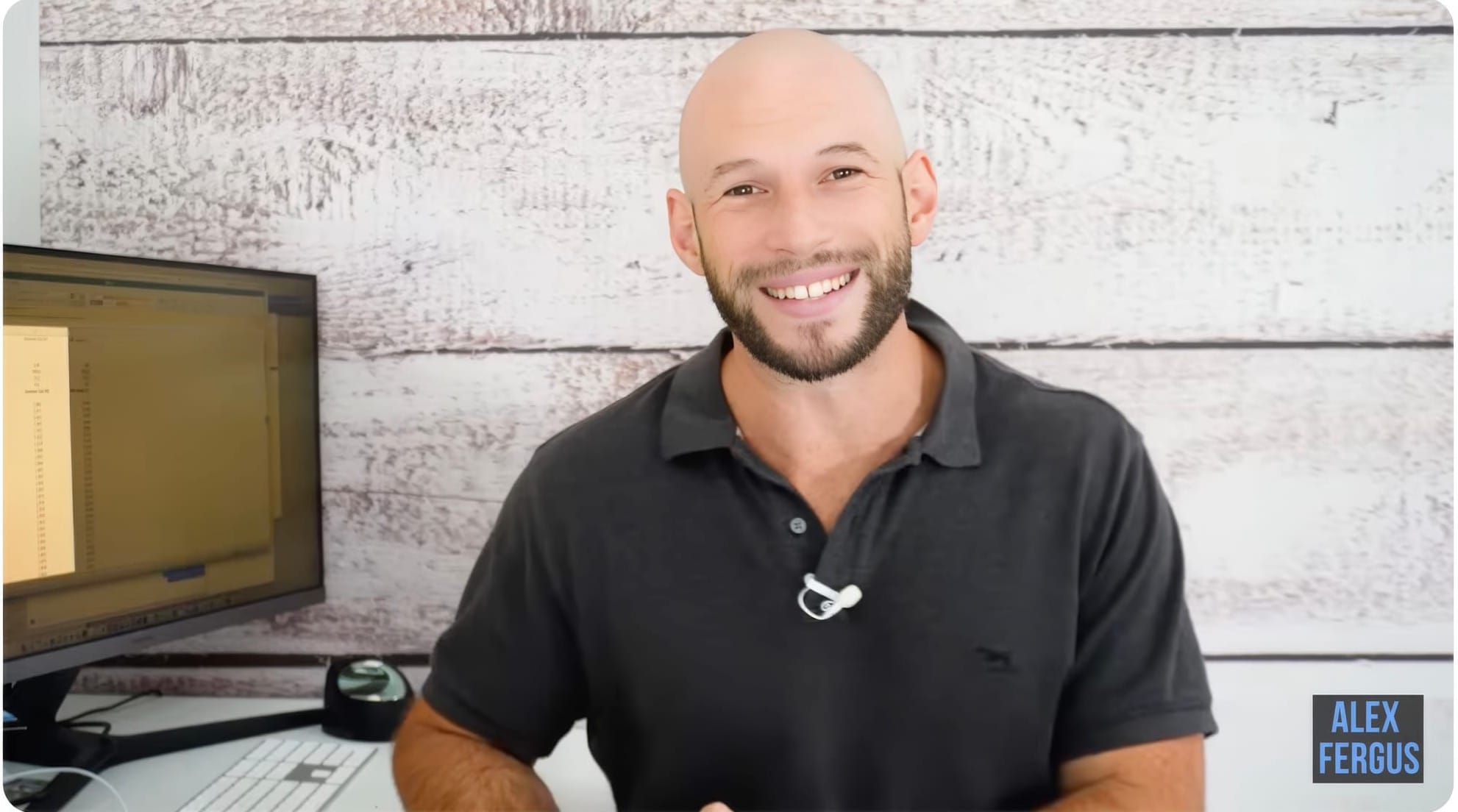
Summer Sun vs. Winter Sun
I took similar measurements in the summer under slightly cloudier conditions, and the total power intensity was noticeably higher:
- Total Power Intensity: 118mW/cm² (a significant increase from winter’s 79mW/cm²)
- Red Light Intensity:
- Winter: 8mW/cm²
- Summer: 11mW/cm²
- Near-Infrared Light Intensity:
- Winter: 7mW/cm²
- Summer: 10mW/cm²
While summer provides a roughly 40% increase in therapeutic red and near-infrared light, the change isn’t as dramatic as expected. The actual seasonal variation occurs in the UV spectrum, where summer sunlight delivers significantly more UVA and UVB radiation, which I’ll touch on later.
Comparing Sunlight to Red Light Therapy Panels
To make this test even more insightful, I compared these findings to a top-tier red light therapy panel—the Block Blue Light Mega 4.0—which placed second in my 2024 red light therapy panel comparison, where I tested 17 different devices.
Here’s how it stacks up:
- Total Power Intensity: 84mW/cm² (compared to 79mW/cm² in winter sun and 118mW/cm² in summer sun)
- Peak Wavelength: Red light, as opposed to the sun’s peak in the blue range.
- Red Light Ratio:
- Sun: 16%
- Block Blue Light Mega: 95%
- Blue Light Ratio:
- Sun: 4%
- Block Blue Light Mega: 0.1%
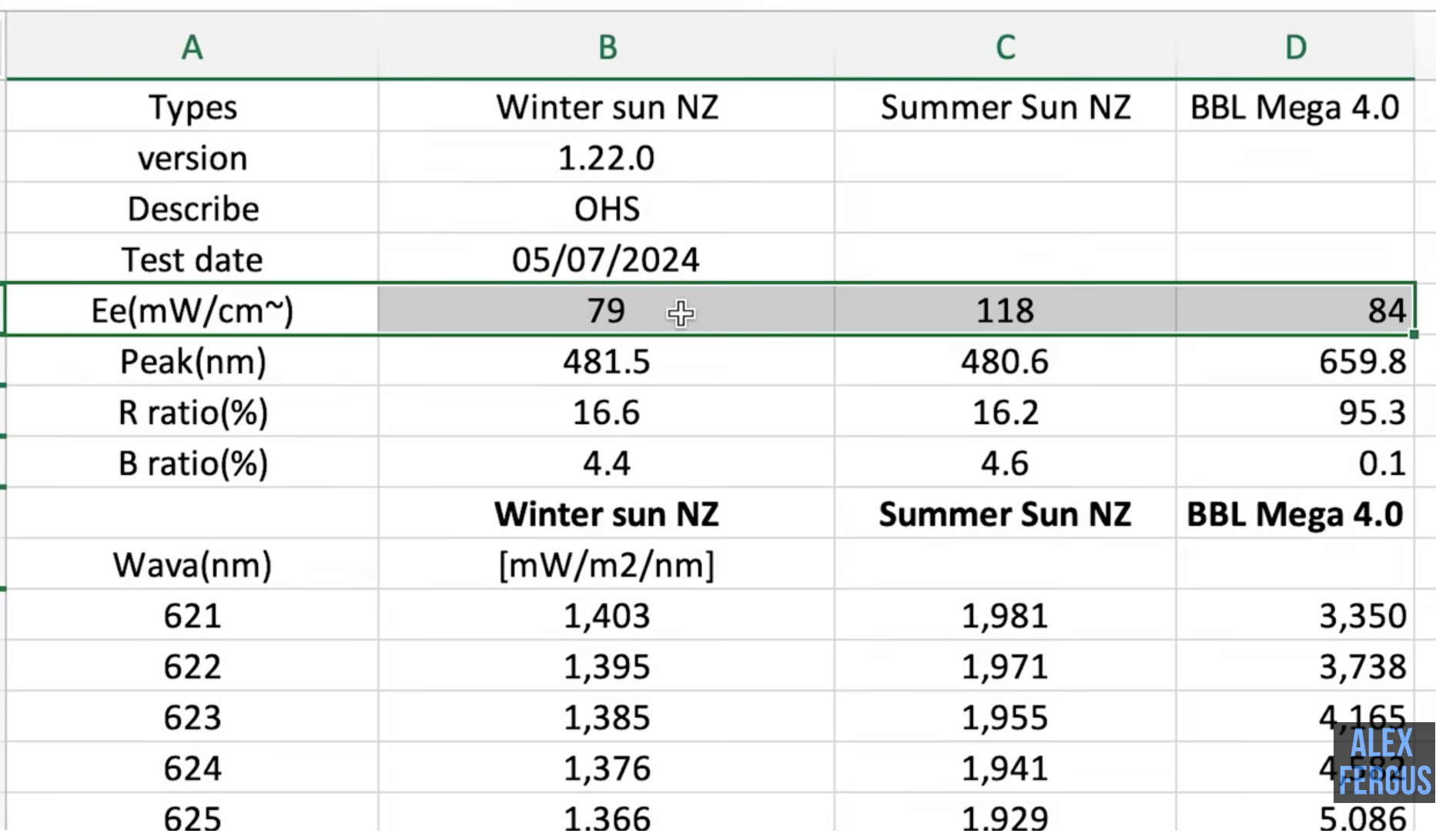
More importantly, let’s look at the total red and near-infrared light output:
- Red Light (620-680nm):
- Winter Sun: 8mW/cm²
- Summer Sun: 11mW/cm²
- Block Blue Light Mega: 30mW/cm²
- Near-Infrared Light (800-870nm):
- Winter Sun: 7mW/cm²
- Summer Sun: 10mW/cm²
- Block Blue Light Mega: 39mW/cm²
This means that at 6 inches, the Block Blue Light Mega panel delivers over three times the therapeutic red light compared to the winter sun and nearly four times more than the summer sun.
So Should You Buy A Red Light Therapy Device? A Summary Of My Thoughts!
After conducting this experiment, I have some surprising takeaways. First and foremost, I didn’t expect the sun to deliver as much red and near-infrared light as it does. On a clear day, the sun puts out about 15 mW/cm² more than you’d find in many beauty masks and handheld devices.
That raises an interesting question: Are these beauty devices worth the price? Panels are significantly more powerful if you want a high-intensity dose. But if you're thinking, "Forget spending a thousand dollars; I’ll just use the sun," you could certainly try.
The catch is that a red light therapy device—a mask, a handheld wand, or a panel—only emits wavelengths in the therapeutic range. Conversely, the sun gives you a third of that intensity but also delivers a mix of other wavelengths. Some of these, like blue, green, and amber light, have their benefits. But you’re also exposing yourself to potentially harmful UV wavelengths, especially UVA, which can cause long-term damage.
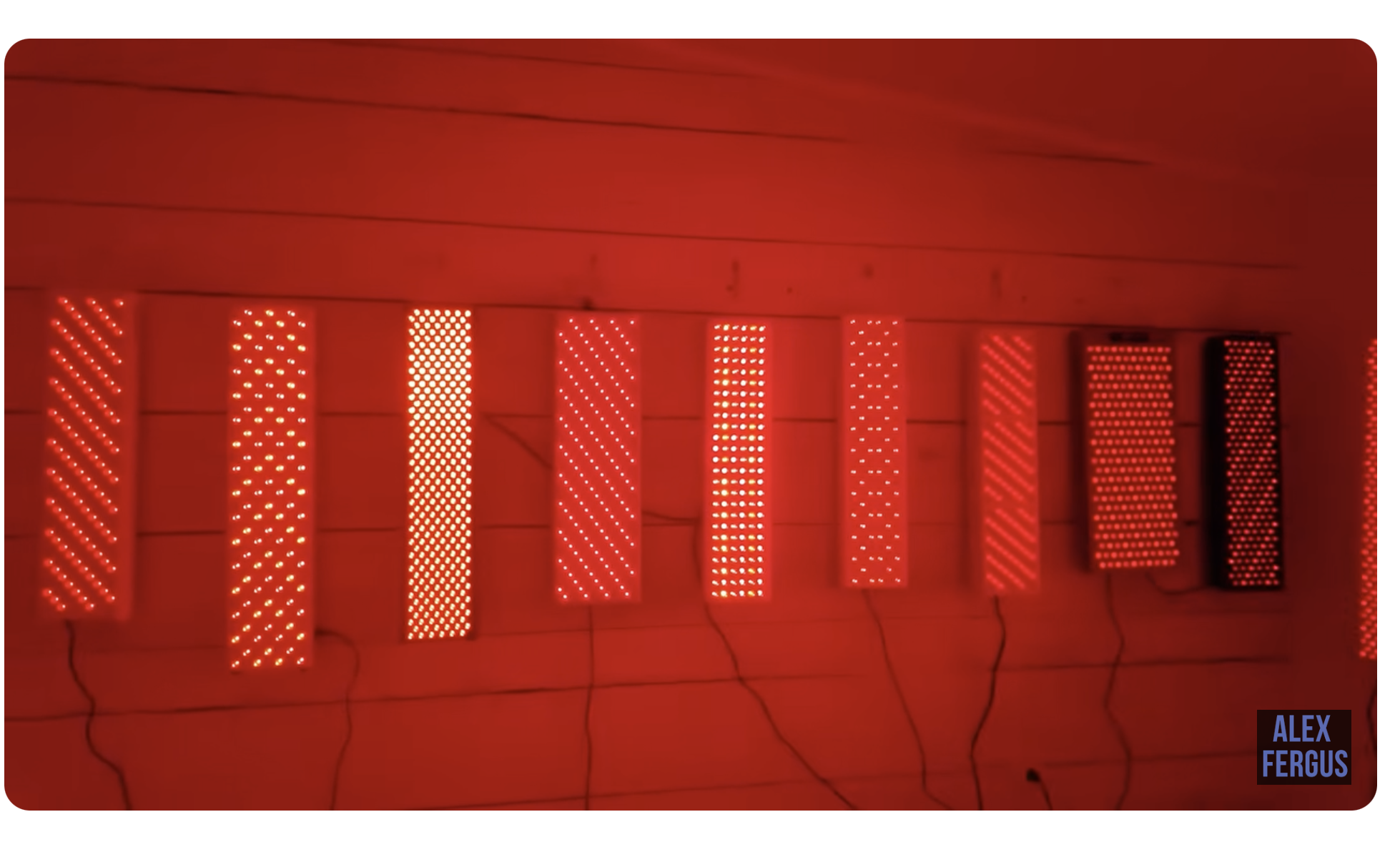
If you’re aiming for a targeted red light therapy dose, you might find yourself sitting outside for quite a while to reach the required 40 joules for a therapeutic effect. And during that time, you’re getting a lot of extra UV exposure, which may not be ideal.
One of the most interesting things I found was how much red and near-infrared light is still present in winter. From a therapeutic standpoint, you might be better off sunbathing in the midday winter sun.
Why? Because there’s significantly less UVA in winter compared to summer—about four to five times less. So, if you’re looking to "hack the system" and don’t want to spend money on a red light therapy device, getting outside in the winter sun could be a viable option. You’ll still get plenty of red and near-infrared light, enough for skin benefits and some systemic health effects.

However, if you’re dealing with something more serious—say, recovering from knee surgery—you’ll likely need something more powerful and targeted. Devices like the Chroma Ironforge, Kineon Move+ Pro, or FlexBeam are designed to concentrate light on a specific area, delivering the kind of therapeutic intensity that natural sunlight can’t match. So, while winter sun exposure might be a good free alternative for general health, it won’t cut it for deep tissue healing or severe conditions.
Of course, there are practical considerations, too. Winter tends to be cold and clear; sunny days aren’t always guaranteed. Plus, most of us have jobs and busy schedules, making getting outside at the correct times difficult. That’s where red light therapy devices shine—they give reliable, targeted doses regardless of the weather or time of day. If it’s raining, snowing, or just a dull, gray day, you can still get your red light therapy without worrying about UV exposure.

The sun gives you about 40% more therapeutic red light in summer than in winter. However, UVA also increases dramatically—about four to five times more than in winter. That’s a significant drawback if you’re using red light therapy for beauty benefits or longevity, as excessive UVA exposure can accelerate skin aging and other health issues.
Conclusion: Putting It All In Perspective:
Some of the best red light therapy panels deliver 60 to 90mW/cm²at six inches. Compare that to the sun—on a clear winter day in New Zealand at midday, you only get about 15 milliwatts. In the summer, that number rises slightly to 21 milliwatts.
That means the sun delivers only a third to a quarter of what you’d get from a good panel. And unlike a red light panel, which emits only red and near-infrared wavelengths, the sun is putting out a full spectrum—including wavelengths that can be beneficial, like blue, green, and amber, but also those that can be harmful, especially with prolonged exposure.
My summer experiment.
So What’s The Bottom Line?
If you’re on a tight budget and don’t want to invest in a red light therapy device, your best bet is to get outside as much as possible in winter. When UVA levels are low and the sun is shining, you’ll still get a decent amount of red and near-infrared light without the same risks of summer exposure.
If you need something for a specific issue—joint pain, brain health, or targeted skin treatments—a high-powered device like a VieLight, a handheld torch, or a premium panel will be far more effective.
Of course, red light therapy devices offer a convenient, controlled, and effective alternative for those who can’t get outside often enough due to work, weather, or lifestyle. It’s fascinating to see how much natural light exposure can provide, but there’s no denying the benefits of a high-quality, purpose-built device when you need results.
Items Mentioned In This Article:
✅ Get a Chroma Ironforge - discount code ALEX saves
✅ For a Kineon MOVE+ Pro, click here https://aferg.co/kineon , and use code AFERGUSMOVE+ for 10% off.
✅ For a Block Blue Light product, click the link https://aferg.co/BlockBlueLight. The discount code ALEX is automatically applied at checkout.
✅ Flexbeam, ReCharge Health- https://aferg.co/flexbeam (Code ALEX) for $60 OFF
✅ Get a PlatinumLED BioMax here: https://aferg.co/redled - a unique discount code is generated after you click the link
✅ Grab a Block Blue Light Powerpanel Mega here: https://aferg.co/BlockBlueLight - code ALEX saves
✅ Get a Rojo Refine here: https://aferg.co/rojo-rlt - code ALEX saves
Consider These YouTube Videos As Well:
⭐ Hooga Ultra 360 Review: Effective & Affordable BUT...
⭐ BEST Red Light Panels For Minimizing EMF Exposure!
⭐ PlatinumLED Vs Block Blue Light Vs Rojo: BIG Showdown!
⭐ How To Choose A Red Light Therapy Device: COMPLETE Guide
⭐ How To Use Red Light Therapy 101: Know THIS For Starters
⭐ Best Red Light Therapy Panel 2024? EPIC Comparison
⭐ The Best 810nm Panel For AMAZING Health Benefits!
⭐ The BEST Red Light Panels For Minimizing EMF Exposure!
Found This Interesting? Look At These Articles:
⭐ Red Light Therapy For Fibromyalgia: Incredible Pain Relief & Much More!
⭐ Red Light Therapy For Epilepsy: Current Science Explained
⭐ Combating Psoriasis With Red Light Therapy: Potential Game-Changer?
⭐Red Light Therapy For Hair Growth: Worth The Hype!
⭐ Is Red Light Therapy Science-Based? An Introduction
⭐ How Often Should You Use Red Light Therapy Explained
⭐ Does Red Light Therapy Work For Back Pain? The Interesting Answer!
⭐ Oral Wound Healing With Red Light Therapy: Innovative Advancement?
Alex Fergus wrote this blog post. Alex is an ISSN Sports Nutrition Specialist, Fitness Professional, and certified Superhuman Coach who continues to expand his knowledge base and help people worldwide with their health and wellness. Alex is recognized as the National Record Holder in Powerlifting and Indoor Rowing and has earned the title of the Australian National Natural Bodybuilding Champion. Having worked as a health coach and personal trainer for over a decade, Alex now researches all things health and wellness and shares his findings on this blog.
